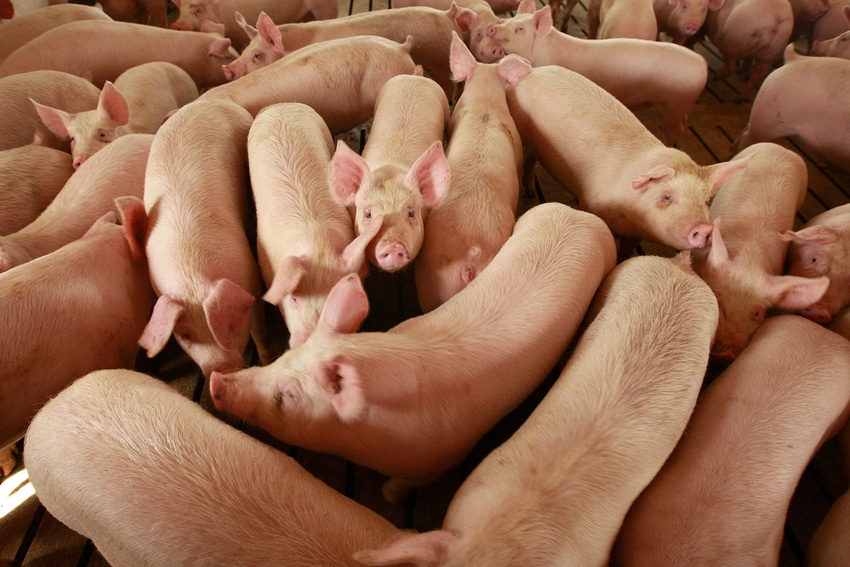SHIC-funded study examines PEDV outbreak forecasting
Way to forecast PEDV outbreaks developed by generating weekly high-resolution maps to track spread and identify current and future high-risk areas.
October 8, 2020

Research funded by the Swine Health Information Center (SHIC) at North Carolina State University shows that it is possible to develop accurate forecasts of porcine epidemic diarrhea virus (PEDV) spread within a decision-making time frame.
According to information from SHIC, the results also show that the predictability of this forecasting depends on the stage of PEDV spread within a region. By forecasting outbreaks before they occur, specific control strategies can be tailored to farms, thereby offering an opportunity to prevent infection, SHIC said.
The objective of the study was to develop a way to forecast PEDV outbreaks by generating weekly high-resolution maps to track the spread and identify current and future high-risk areas for PEDV. Within the outbreak models, the researchers then tested a combination of strategies that might reduce between-farm transmission, knowing that this is key to maintaining control of outbreaks while minimizing production disruptions, SHIC said.
Three epidemiological transmission models were compared in this work: (1) a novel epidemiological framework called PigSpread developed specifically to model disease movement in swine populations, (2) the program SimInf that models disease spread as a more random event and (3) PoPS (Pest or Pathogen Spread), a framework for modeling the spread of pests or pathogens across a landscape. The models were calibrated on true weekly PEDV outbreaks from three spatially related swine companies within the study region. Model outputs had general agreement with observed outbreaks throughout the study period, with some variability among models, SHIC said.
The analysis estimates of the combined strategies of herd closure, feedback and reinforcement of on-farm biosecurity reduced the incidence of outbreaks in sow farms by 14% and in gilt development units by 20% when deployed weekly in sow and gilt development unit farms located in at-risk areas.
As the world deals with the COVID-19 pandemic, SHIC continues to focus efforts on prevention, preparedness and response to novel and emerging swine disease for the benefit of U.S. swine health. As a conduit of information and research, SHIC encourages the sharing of its publications and research, which may be forwarded, reprinted and quoted freely. SHIC is funded by America's pork producers to fulfill the mission to protect and enhance the health of the U.S. swine herd. For more information, visit www.swinehealth.org, or contact Dr. Paul Sundberg at [email protected].
You May Also Like



